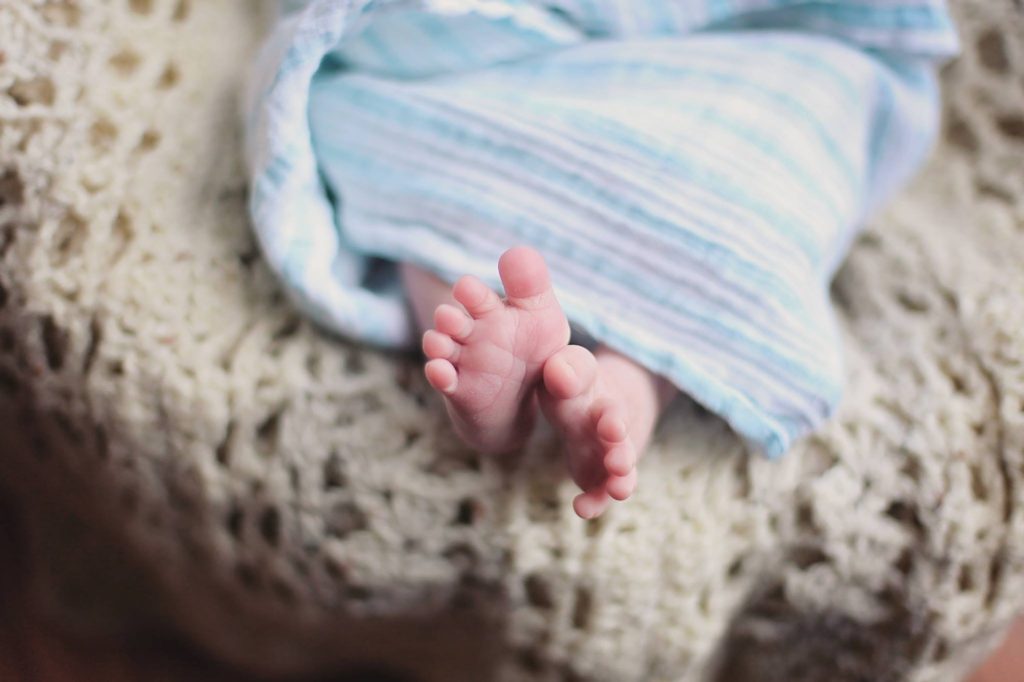
By Suzanna Price | Instagram: @suzanna.price
I dreamed of having a family ever since I was a little girl, playing with Cabbage patch kids and running through the schoolyard with my sister. And I always assumed I’d have no trouble starting a family.
I married at age 23, bursting with newlywed joy over the man I’d met on a blind date. Over the next nine years, I watched my friends have babies, went to baby showers out of obligation, and finally was able to name the uneasy envy I was feeling. Wayne and I were trying to get pregnant too, with no success.
We hated hearing about anyone’s pregnancy announcement. I began to feel bitter and I hated that too. I’d been battling epilepsy since the year we were married, and I felt like the infertility was salt in a wound. Why me? Why one more burden? Why so easy for all my friends and seemingly impossible for us? My spirit was unsettled; I prayed in anger and hope at the same time.
As in so many areas of life, the Lord was calling me to step up, out of my comfort zone. There’s always adoption. But I rejected that thought; that’s something other people do; I was surely not cut out for that.
But reality was setting in: the fertility treatment wasn’t working, and the burning desire for a baby wouldn’t subside. The idea I’d been trying to squash kept popping up: What would it look like to adopt? Over many tears and gentle urging from Wayne, I finally said yes.
With the help of a Christian adoption agency, we learned the legal process and worked our way through each overwhelming step. We created a book about ourselves, an open door for a birth mom to choose us. It felt odd, like advertising ourselves. We were told it would be a two year process, an unappealing thought when we were so ready now! So we were thrilled to be chosen within two months, and it seemed like a great match.
The birth mom knew she was having a girl, so we prepared the baby’s room and were flooded with gifts and baby décor from eager friends.
I was swelling with anticipation, an excitement I hadn’t felt in years. Then two weeks before the due date, my bubble was burst. Our adoption agent called to tell me the birth mom had changed her mind. I felt it physically first, as the wind was knocked out of me and I sank to my knees. I gasped for air and cried so hard I couldn’t speak. Those tears would go on for days.
We knew adoption came with this risk. Even after you take the baby home, there’s a window of time where the birth mom can reverse her decision. But nothing can prepare you for that.
Now I was swelling with anger, not happiness. My spirit was crushed thinking about going back to square one. We closed the door of the baby room and took a weekend in the Colorado mountains to regroup. Day after day, I cried to God and prayed for the right birth mom; I absolutely couldn’t deal with another one who changed her mind. The thought made my stomach churn. The Lord was nudging me gently and I knew He wanted me to forgive. It was the most un-natural desire at that time, so I kept praying through it.
And the roller coaster continued. About a month later, we got a call. A birth mom was in the hospital with her newborn, in crisis, realizing she had no realistic way to support her baby. She’d thought about it off and on throughout her pregnancy, we later learned, and now we were the chosen parents.
We scrambled together what we needed to take home our baby girl, 48 hours old. We didn’t even have a car seat, so we borrowed one. I opened the door of the nursery, trembling with the fear of another rejection.
Not this time, though. The birth mom signed papers to expedite the legal process. That little girl was ours and my joy was overflowing. It was another incredible mixture of emotions, and extremely humbling to think about the tough choice that young woman made.
My daughter Rachel is 7 now. There is no way to describe the joy she has brought us. I cannot fathom any other child being ours. People tell me she looks like me, and I just smile and think, the Lord had this covered. We do stay in touch with her birth mom and visit sporadically. We explained to Rachel very early that she was adopted, that her birth mom wanted the best life possible for her. That satisfies her curiosity now, and as she matures we’ll keep talking through it.
I have seen much evidence of the Lord’s “beauty from ashes” promise over the years, but perhaps none as powerful as our adoption experience. I would go through it all again for the joy of finally becoming a mom.
About Suzanna:

Suzanna Price is a Colorado mom who loves Jesus and anything outdoors. She has a wonderful husband she met on a blind date, and they have walked together through many ups and downs including her battling years of seizures and the brain surgery that cured them. They have a seven-year-old daughter who loves reading, playing outside and camping. Follow Suzanna at her blog, on Facebook, and on Instagram.

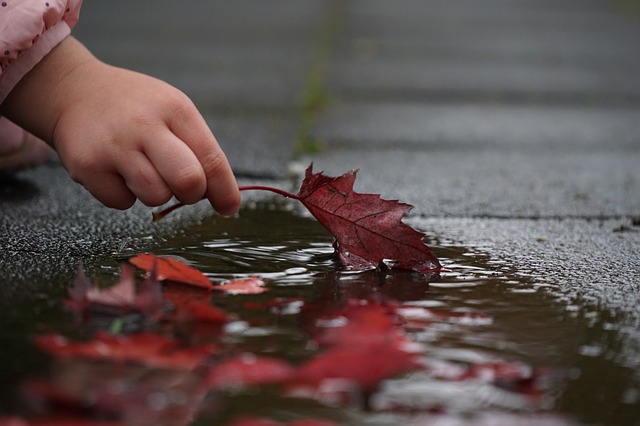
 Sheli Massie is a story keeper, seeker of justice, healing and hope in a broken world. She believes in longer tables, unlocked doors and living a barefoot life. She and her husband live outside of Chicago with their five children and one grandlove. You can find her over on Instagram @shelimassie_, Redbud Writers,
Sheli Massie is a story keeper, seeker of justice, healing and hope in a broken world. She believes in longer tables, unlocked doors and living a barefoot life. She and her husband live outside of Chicago with their five children and one grandlove. You can find her over on Instagram @shelimassie_, Redbud Writers, 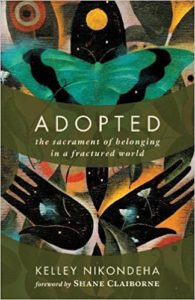 For our last week of posts on foster care, adoption and children, I’m giving away a free copy of Kelley’s book,
For our last week of posts on foster care, adoption and children, I’m giving away a free copy of Kelley’s book, 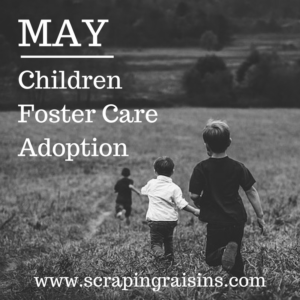
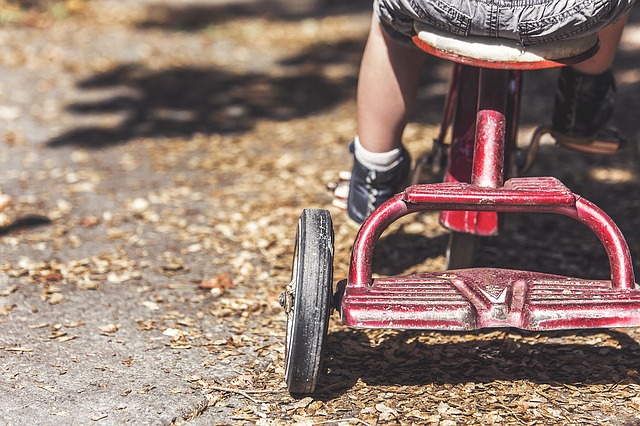
 Amanda is an art teacher by day and by night a writer, foster care advocate and avid DIYer. Her passion for helping others and her desire to reach the lost and hurting come through in her artwork, writing and relationships. She shares her home in Georgia with her husband, daughters, foster children and a menagerie of animals. You can find her sharing real life and real struggles on her website
Amanda is an art teacher by day and by night a writer, foster care advocate and avid DIYer. Her passion for helping others and her desire to reach the lost and hurting come through in her artwork, writing and relationships. She shares her home in Georgia with her husband, daughters, foster children and a menagerie of animals. You can find her sharing real life and real struggles on her website 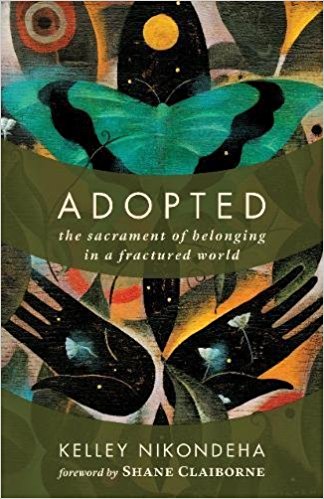
 Annie Rim lives in Colorado where she plays with her two daughters, hikes with her husband, and reflects about life & faith on her blog. She has taught in the classroom, at an art museum, and now in the playroom. You can connect with her at
Annie Rim lives in Colorado where she plays with her two daughters, hikes with her husband, and reflects about life & faith on her blog. She has taught in the classroom, at an art museum, and now in the playroom. You can connect with her at 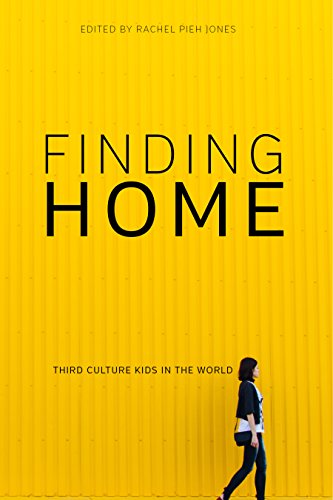
 Rachel Pieh Jones lives in Djibouti with her husband and three children. She has written for the New York Times, Runners World, the Christian Science Monitor, Brain Child, and the Big Roundtable. Her next book will be published by Plough in 2019. Visit her at:
Rachel Pieh Jones lives in Djibouti with her husband and three children. She has written for the New York Times, Runners World, the Christian Science Monitor, Brain Child, and the Big Roundtable. Her next book will be published by Plough in 2019. Visit her at: 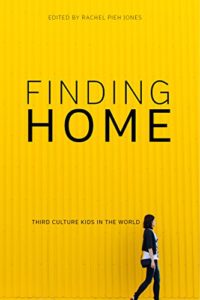 We’re doing a giveaway of the e-version of this book of essays by various writers about what it’s like to raise or be a Third Culture Kid (TCK). To enter, simply sign up for
We’re doing a giveaway of the e-version of this book of essays by various writers about what it’s like to raise or be a Third Culture Kid (TCK). To enter, simply sign up for 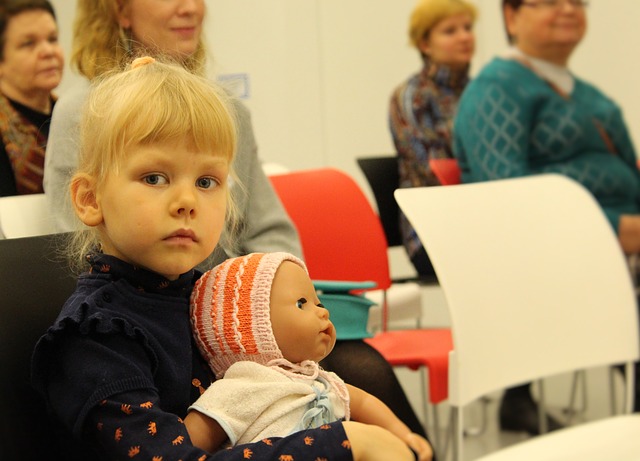
 Katie is the founder of
Katie is the founder of 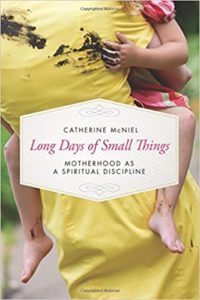 I have three books to giveaway this month, so keep an eye out for them! This week, I’m giving away a copy of
I have three books to giveaway this month, so keep an eye out for them! This week, I’m giving away a copy of 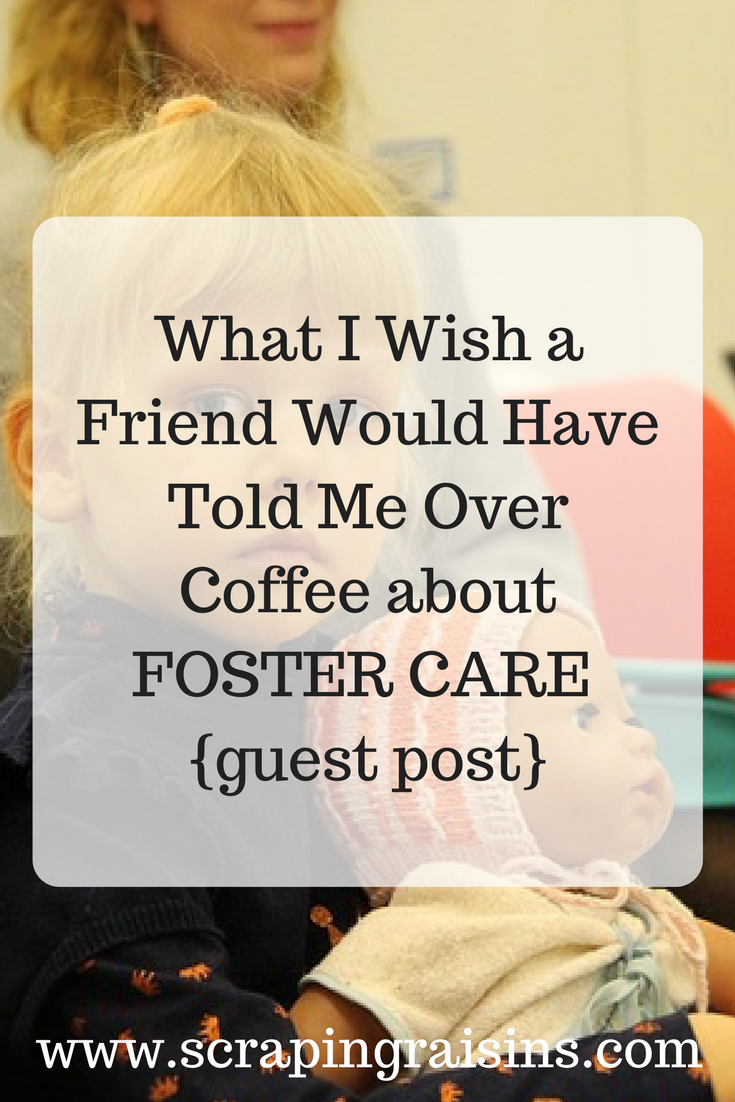



 As a mom, I juggle two different kinds of parenting — long-distance to our 3 adult kids (who are white on the outside but very Chinese on the inside) and our two adopted Chinese boys at home who have special needs. Since being back in the US, my husband has taken up cooking Chinese food, with a specialty of Lanzhou beef noodles (where we used to live and where our boys are from), giving us a taste of “home.” You can follow our story on my
As a mom, I juggle two different kinds of parenting — long-distance to our 3 adult kids (who are white on the outside but very Chinese on the inside) and our two adopted Chinese boys at home who have special needs. Since being back in the US, my husband has taken up cooking Chinese food, with a specialty of Lanzhou beef noodles (where we used to live and where our boys are from), giving us a taste of “home.” You can follow our story on my 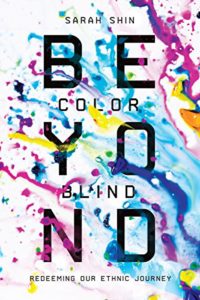 Sign up for my newsletter by February 28th and be entered to win a copy of
Sign up for my newsletter by February 28th and be entered to win a copy of  This month we’ll be discussing racism, privilege and bridge building. If you’d like to guest post on this topic, please email me at scrapingraisins(dot)gmail(dot)com. Yes, this is awkward and fraught with the potential for missteps, blunders and embarrassing moments, but it’s necessary. Join me?
This month we’ll be discussing racism, privilege and bridge building. If you’d like to guest post on this topic, please email me at scrapingraisins(dot)gmail(dot)com. Yes, this is awkward and fraught with the potential for missteps, blunders and embarrassing moments, but it’s necessary. Join me? 